Dash Shaw on Opening Up The Gates To His Crazy, Creepy “Cryptozoo”
Part of what makes animation such a limitless medium is that there are thousands of different ways to draw and interpret the same image. Granted, there are certain homogenized art styles that can dominate the animation industry, but this makes those that strive for innovation in ambitious ways make even more of an impression. Dash Shaw is an exceptional talent who’s made both a mark in the comics and film industry with a highly stylized and unique presentation to his creations. Cryptozoo, his latest film, represents some of Shaw’s most impressive and evocative work to date. The movie features a remarkable exploration into the world of Cryptids that’s beautiful to look at, but also deeply powerful with its message. Dash Shaw graciously took some time to open up on the wide world that he creates in Cryptozoo, the influences behind its evocative art design, the film’s capitalist commentary, and why Cryptids are just so fascinating.
Daniel Kurland: I was a big fan of your first film, My Entire High School Sinking into the Sea, and was even at a screening at SVA that you spoke at. What did you learn from that experience that was able to help with the production of Cryptozoo?
Dash Shaw: There were a lot of things. For one, the majority of that movie—like seventy percent of it—was drawn before I had a voice cast. So that’s kind of how I was able to get that voice cast because I could show what the whole movie looked like. I wrote that assuming that I wouldn’t be able to get any good actors and the joke was about talking about mundane things throughout a disaster movie. So when it came time for Cryptozoo, I wanted to write more complicated characters—morally complicated, and subtle—which also means a more subtle and sophisticated style of painting. It also allowed me to design characters based on the voice actors, which opened up a lot of other opportunities. In My Entire High School Sinking, I thought that main character would have a bit of a Charlie Brown or Scott McCloud identification through simplification thing, where they have dot eyes and the viewer can project themselves onto them. But in retrospect, that character ended up feeling the least interesting in that movie. The other characters became more interesting.
So when it was time for Cryptozoo, everyone had to have interesting character designs and there should be specific and unusual details about people’s faces if we’re going to be having them on screen. Also, so much of My Entire High School Sinking was that boiling line of being drawn on small sheets of paper with a thick pen. So for this one, I thought to use fewer paintings, but better paintings. The lines aren’t always wobbling and moving, but if you get a good painting of a character then you can reuse it throughout the movie.
Daniel Kurland: You’ve also done lots of great comics work with Fantagraphics. Why did this story seem best suited for a movie rather than an extended comic?
Dash Shaw: When I very, very first thought of it, I thought that it might be a comic because I was thinking of Winsor McCay. He did this animated short called The Centaurs, which went unfinished. In the early “teens” there were a lot of cartoonists and comics that were using a “Sunday Page style.” There was Chris Ware and even DC did like a newspaper sort of release. So I originally thought it could be like a Sunday Page thing where each page is a different Cryptid—a different mythological being. There’s a [Cliff] Voorhees book with very short chapters on imaginary beings. I thought that might be cool and I started to do research into different mythological creatures. That’s when I came upon the Baku, which is when I thought it’d be better suited for a movie. Movies can be so dream-like and it just seemed like a dream-eating creature suggested a time-based experience that a movie caters towards.
With movies, I work with Jane [Samborski], and Jane had an all-women Dungeons & Dragons group at the time, so I started to think of a group of female characters in the Cryptozoo because I wanted to write something that Jane would enjoy painting and participating in.
Daniel Kurland: To that point, you really build such empathy for the Cryptids. Was it important to portray them as these pure objects of beauty that should be saved, not feared?
Dash Shaw: I hope that everything in the movie comes across as beautiful, not exclusively the Cryptids. I feel like when I go to a movie I want to see a light show, so to speak. So even the human characters are rendered beautifully. A key point is that all of the Cryptids come from mythologies that actually exist within our world. So I didn’t want it to be a fantasy movie that has nothing to do with us, but rather about imagination in our world. So I think that maybe means rendering it with a little more empathy in their construction.
Daniel Kurland: Cryptozoo’s animation style is so stunning, but there are also some special flourishes like the kaleidoscope effect that are present during nightmares and flashbacks, or what’s done in the tarot card or underwater sequences. Talk a little just on figuring out the right look for the movie.
Dash Shaw: My great plus and my great minus is that what’s stuck in my head regarding what I actually want to see kind of ends around 1990. I’m mostly interested in older cartoons and cartoons with more limited animation and would have to solve problems through limited means. I’m not thinking about those things in the scripting stage, but then there will be rain in the script and in my head rain is rendered how it is in Speed Racer where rain are just lines that are flashing on the screen. So when I’m talking to Jane or Emily [Wolver], the lead animator, it’s usually reference points that are bringing up Speed Racer on YouTube. The kind of circle panel designs come from magic lanterns. These very early limited animations where it’s a circle panel with limited drawing and then they slide or change. I had seen a really moving magic lantern presentation in Richmond.
I could be delusional, but I don’t think of any of this as nostalgic…Speed Racer is obviously completely different from Cryptozoo, even Fantastic Planet is very different from Cryptozoo, so it’s not like I’m trying to ape these references or make the movie look old. They’re just a way of communicating information that I’m hopefully able to continue.
Daniel Kurland: It’s just how your brain sees and processes things. I understand that.
Dash Shaw: Like that tarot card sequence with the spinning cards and shuffling cards comes from looking at computer graphics of Solitaire. That has nothing to do with anime or anything, but it’s just a presentational way to present shuffling cards that’s lodged in my brain. It felt more beautiful than to just show a standard hand shuffling cards.
Daniel Kurland: The movie has this beautiful message about acceptance and cultural preservation, but it also deals in many shades of grey and even the Cryptid sanctuary becomes this double-edged sword that’s commodified and turned into a capitalist tourist attraction. Can you expand a little on this and why it felt like an important message to highlight?
Dash Shaw: What you’re talking about is the middle section of the movie and kind of its moral center. The very first idea that came to me was that an animated movie about mythological creatures would be a lot of fun—just painting the centaurs and everything. Then when I got into finally writing it there were other issues that started to invade my mind. Probably just because these are the things that I think about. If the Cryptids represent radical ideas or radical artwork then the Cryptozoo is almost like a museum. How, in an attempt to introduce this thing to the wider world, ends up damaging this thing in the process. I tried to write it so that everyone had strong reasons and that the characters came across as sincere in their motivations. Having the Vietnam War involved also felt important. I think everybody knows that the Cryptozoo isn’t going to work out, but I still wanted the audience to be able to understand why characters like Lauren thought that it was a good idea.
Daniel Kurland: The music by John Carroll Kirby is really fantastic and compliments the visuals so well. Talk about finding that rhythm and what you hoped to accomplish with the film’s music and sound design?
Dash Shaw: I’m not a musical person at all and I don’t even listen to much music when I draw, and I basically draw all day. However, the movies that I saw Cryptozoo in the same lineage of like Fantastic Planet or Akira, or even just as an audience member if I saw that there was an R-rated animated movie called Cryptozoo, then I would want it to have a totally awesome score. That’s part of the movie’s draw. So I really didn’t know what to do. In Richmond there’s this guy named Rick Alverson who does these independent movies and he knew the label, Jagjaguwar, so he got me in touch with them and I told them over the phone what I had in mind for Cryptozoo.
They recommended John Carroll Kirby, who I had never heard of before, but it was around the time that his album “Travel” had just come out, which I just loved and made me know that this was the guy. He hadn’t scored a movie and didn’t seem particularly interested in experimental animation, which is obviously fine and he doesn’t need to be. Time moved on a little bit and I didn’t think that we’d be able to get home, but then the pandemic struck and he was stuck at home, so he scored our movie.
Daniel Kurland: Finally, if you could have any Cryptid for a friendly companion, which would it be?
Dash Shaw: Hmm, a companion Cryptid….
Daniel Kurland: Well I don’t want to say a “pet” because that brings power dynamics into play and is antithetical to Cryptozoo’s message.
Dash Shaw: For some reason—and it might not technically be a Cryptid—but when you said “not a pet” I thought about Nausicaa and that creature that she has on her shoulder. It’s kind of unclear if the creature is a pet or not. A lot of anime are like that. That little squirrel being. I’d like one of those squirrels.
‘Cryptozoo’ is now playing in select theaters and is available on VOD. Read the review.


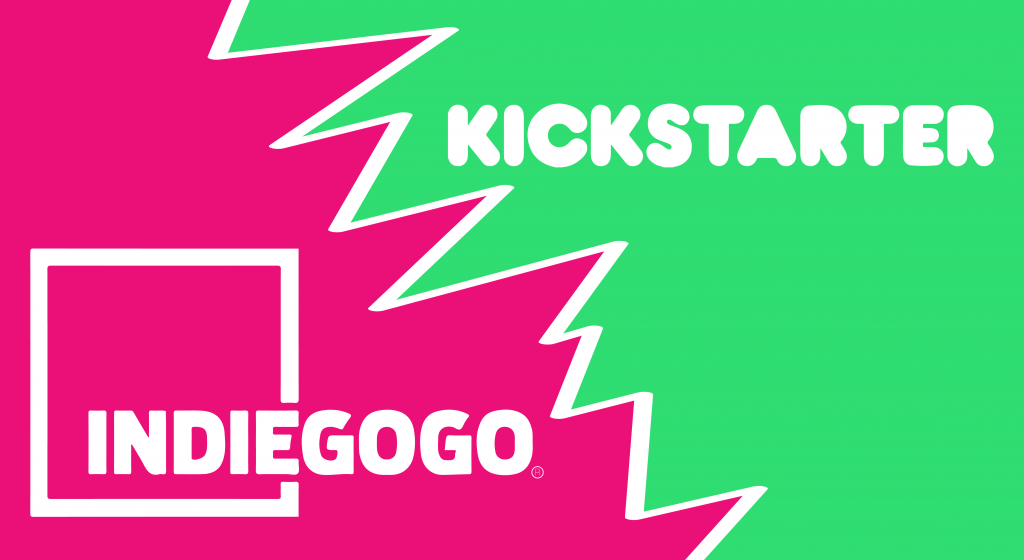

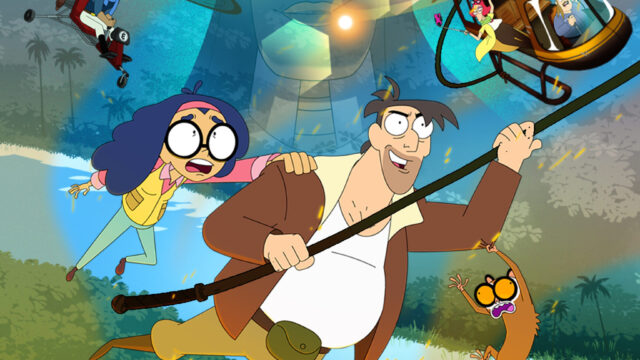



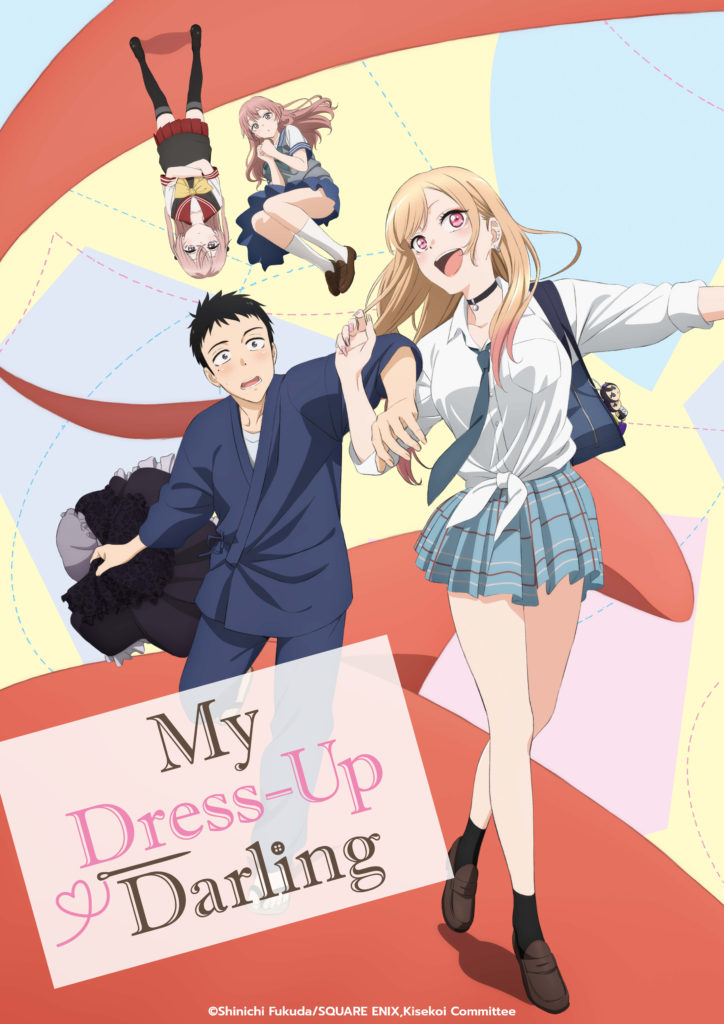





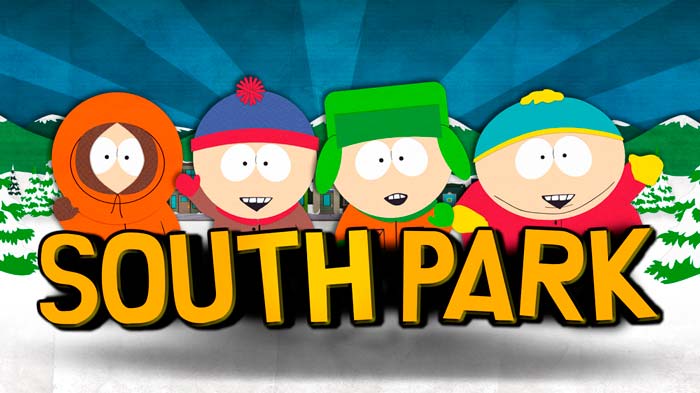


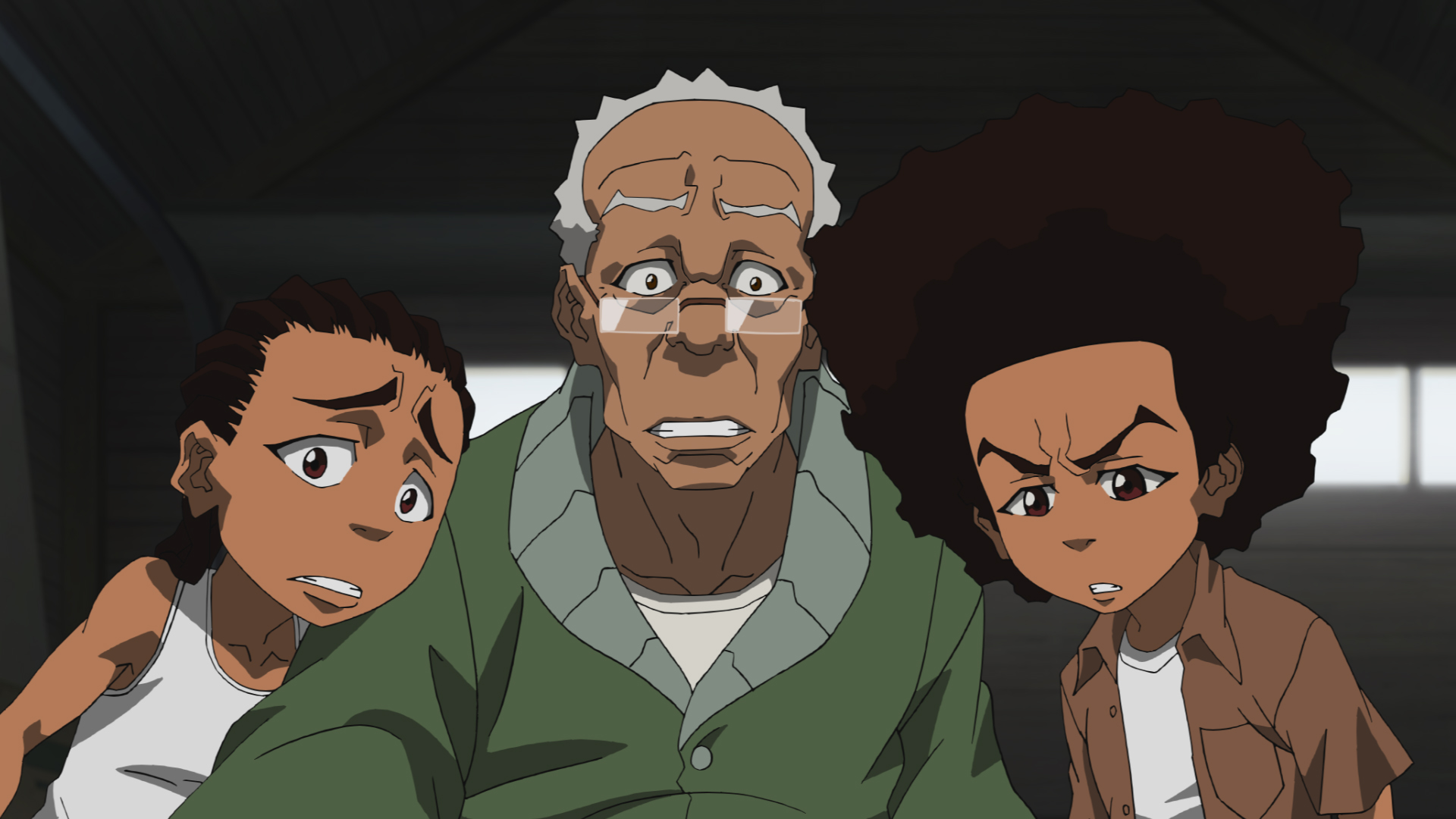



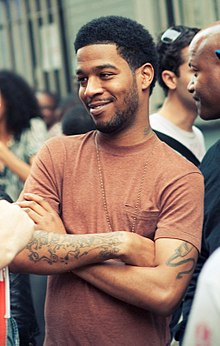
"There are also other characters that come and go (also owned by the Warner Bros. Discovery conglomerate media company)."
Huh. Is that just referring to other characters from the show itself, or is this implying that the new season is going to have cameos from other WBD IPs